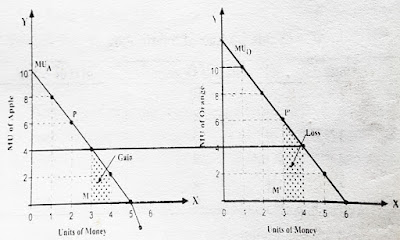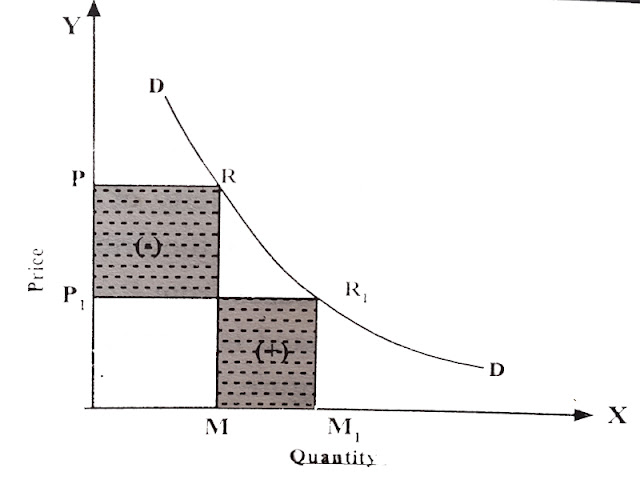Concept of Tax
A tax is a compulsory levy and liability imposed upon the tax assesses, who may be an individual, group of individual or other legal entities. It is a liability to pay on account of the fact that the tax assesses have income of the specified amount from specified source, or own specified tangible or intangible property, or carry-on certain economic activities which have been legally accepted as criterion for taxation. The taxpayers are to pay taxes irrespective to any direct return or benefit of goods and services from the government. In other words, there is no quid pro quo in taxation.
Features of Tax
- Taxes are the main source of government revenue.
- Tax is the compulsory contribution.
- Tax is imposed only by the government.
- Tax is a legal receipt.
- There is no quid pro quo in taxation.
- Tax payment involves sacrifice by the taxpayers.
- Tax is paid out of taxpayers’ income.
- Receipt from tax is spent for social welfare.
- Tax is one of the fiscal instruments.
Classification of Taxes
Taxes are classified in different ways. One way of classifying is single and multiple tax system. The single tax system comprises tax on only one source of income.
In 18th.century, the physiocrats advocated tax only on the agricultural income. Similarly, the Mercantilists, in 19th.century, advocated tax only on the business income. But modern governments have a multiple tax. Since there are many potential areas of taxation, need to minimize the possible ill-effects of individual tax, need to attain multiple objectives and to generate substantial amount of revenue, the multiple tax system is common in practice.
Another way of classification is on the basis of the rates or progression. A tax is regressive when the burden of tax lies relatively more on low income people than the high income people, even though the amount of tax is the same. A tax is proportional when the tax liability increases in the same proportion to the increase in the tax base.
Tax is progressive when the tax liability increases in both the absolute amount and relative terms (i.e. rates) with the increase in the tax-base. A tax is digressive when the rate is decreasing with the increase in tax-base after certain maximum limit.
Another way of classification is direct and indirect taxes. The accepted way is on the basis of the determination of tax-liability. Accordingly, in case of direct tax, the liability is determined with direct reference to the tax-paying ability of the taxpayer. Whereas, in case of indirect tax, the liability is determined indirectly. And also, taxes on income and property are accepted as direct, and that on production and consumption as indirect. In case of direct tax the impact and incidence of tax lies on the same person, and in case of indirect tax the impact lies on the person who pays at first, but the incidence is shifted to others (fully or partially).
Objectives of Taxation
The basic objective of taxation is to raise government revenue. Besides, taxes are levied for other economic objectives like:
- Protection of local industries against foreign competition
- Restriction of general consumption level as well as harmful products
- Make contribution to government revenue even by the common people
- Promotion of capital formation and economic growth
- Maintain economic stability and optimum level of employment
- Reduction of inequalities national income and wealth among the people and
- Help in environmental protection.
You may also like this:








